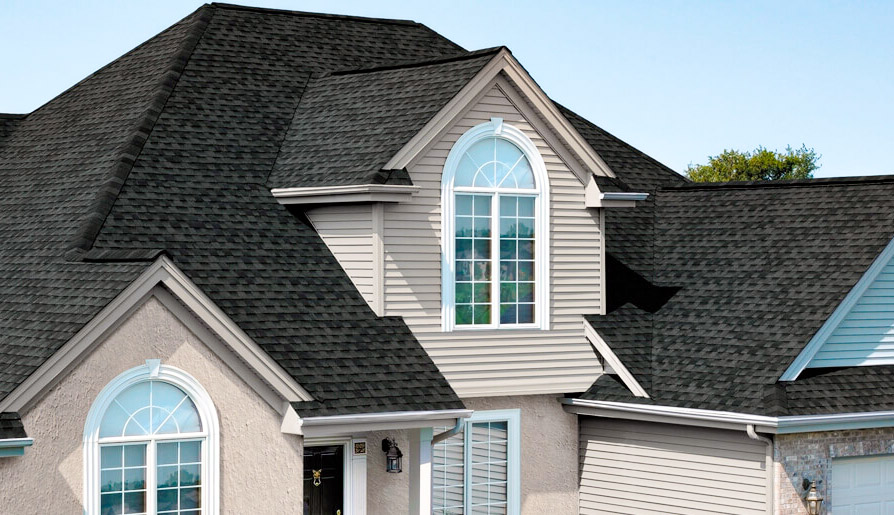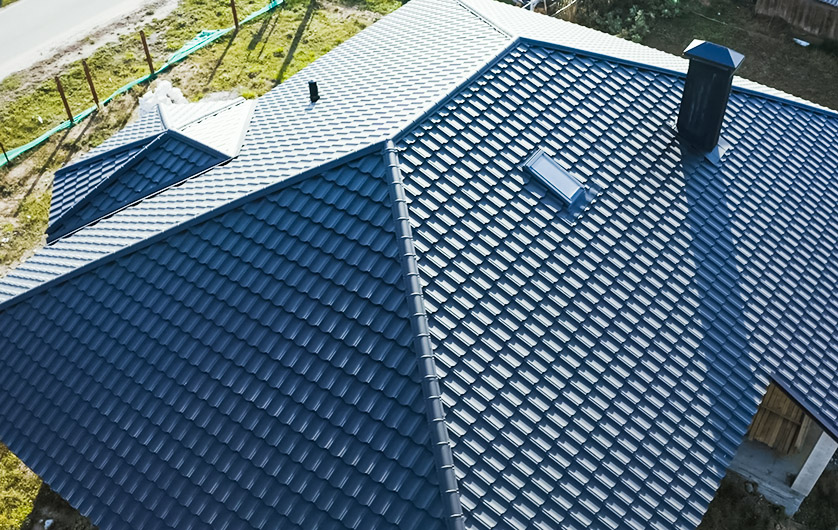Roof leaks are one of the most common problems encountered in homes and can lead to large-scale damage if left untreated.
This article will discuss five unexpected causes of roof leaks and provide advice on how they should be addressed.
From poor insulation to broken pipes, a variety of issues can cause water intrusion into your home through the roof.
It is important that these issues are detected quickly and dealt with efficiently before further damage occurs.
Understanding what could potentially cause roof leaks is essential for any homeowner looking to maintain their property in an effective manner.
In this article, readers will gain a better understanding of some potential root causes as well as useful tips on how to address them.
Poor Insulation
Insulation is a key component of any roof, as it helps to regulate the temperature inside a building and prevent heat loss.
When insulation on the roof does not match that within an attic or other space below, this can lead to issues such as mismatched insulation and air leakage between them. Inadequate ventilation gaps can also cause leaks in roofs due to condensation that builds up from lack of airflow across both sides of the roofline.
This often results in water droplets forming along joints and seams which then seep into the wood and eventually cause damage to the underlying structure.
Fixing these problems requires finding suitable replacement materials for insulation and ensuring adequate ventilation are present throughout all areas of the roof. Additionally, proper installation with careful attention paid to detail is necessary when installing new insulation so that no air leakages occur.

Corroded Pipes
The effects of corroded pipes on a roof can be devastating, leaving homeowners in a state of distress. The roof’s structural integrity is compromised and costly repairs are necessary to mitigate the damage.
Rust prevention should be part of regular maintenance when it comes to protecting against corrosion. To prevent corrosion from occurring, sealant should be applied regularly to exposed surfaces such as piping or plumbing vents. This will help provide some protection against the elements that can cause corrosion over time. Similarly, galvanized steel needs an additional coating for rust prevention purposes.
A good quality sealant should also be used around any flashing and seams where moisture could penetrate into between layers of shingles or other surface materials on the roof. Regularly inspecting these areas can go a long way towards preventing leaks caused by corroded pipes.
Furthermore, cleaning gutters regularly helps reduce debris build-up which may lead to water accumulation and eventually lead to pipe deterioration and leakage through your roof structure if left unattended.
Blocked Gutters
Water diverted from the roof can cause damage if it pools in one area, leading to water seeping into the home.
Blocked gutters are a common cause of roof leaks and must be addressed promptly. Overflowing gutters occur when debris such as leaves and bird nests block proper drainage and divert moisture away from its intended path.
In extreme cases, blocked gutters have caused extensive water damage inside homes due to overflowing rainwater buildup. To prevent this, homeowners should regularly clean out their gutters, remove any debris that may impede proper flow, and make sure they are unclogged before each rainy season begins.
This will ensure that no clogs form during heavy rains or snowfall and keep your roof safe from potential damage.
Faulty Flashings
Faulty flashings are one of the most common causes of roof leaks. Flashings refer to metal systems that provide water-resistant barriers between different sections of a roof. If incorrectly installed or made from the wrong materials, these flashings can cause significant damage by allowing water to seep in and rot the underlying structure of the roof.
Incorrect installation is perhaps the leading cause for faulty flashings. Poor craftsmanship during installation can create gaps, cracks and seams that leave the area vulnerable to water intrusion and subsequent leakage. It is important to check all flashing work before finalizing any construction project; this will help ensure proper accuracy and quality control standards have been met.
Moreover, it is important to use only high-grade materials like stainless steel when constructing flashers; lesser grades may corrode over time due to exposure to elements such as rain, snow, and temperature fluctuations. This corrosion could render them ineffective and increase vulnerability to leakages.
Improper Sealing
When inspecting a roof for unexpected causes of leaks, improper sealing should be considered. This can come in many forms such as incorrect caulking or an improperly laid shingle. When the sealant is not applied correctly it will allow water to seep through and may cause considerable damage over time if left unchecked.
Improperly laid shingles could also lead to water intrusion if they are installed at the wrong angle or with insufficient overlap. It is important to check these issues regularly when performing maintenance on your roof so that any potential problems can be identified quickly and remedied before further damage occurs.
To ensure proper sealing, all seams must be carefully inspected and sealed with quality materials to help prevent future leaks from occurring. Additionally, shingles should always be properly aligned and overlapped according to manufacturer specifications in order to provide maximum protection against the elements.
With regular inspections and timely repairs, you can keep your roof functioning optimally for years to come.

Clogged Drains
Roof drains are essential to prevent water from pooling and damaging the roof. However, when they become clogged with debris or dry rot, they can cause unexpected leaks that require prompt attention.
To fix this issue, it is necessary to inspect the drainage system for any blockages, clean out the gutters and downspouts if needed and ensure there are no signs of dry rot on them. It is also important to make sure ice dams do not form in winter as these can lead to clogged drains.
If more serious damage has occurred due to a blocked drain, then replacing damaged shingles may be required along with other repairs. The use of sealant or waterproof material around vulnerable areas should also be considered in order to avoid any further leakage issues in future.
All repair and replacement work must be undertaken by an experienced professional who is familiar with all safety protocols associated with working on roofs. Careful consideration should be given beforehand to minimize potential risks and costs involved.
Improperly Sloped Roofs
When a roof is not properly sloped, it can lead to potential water damage and leaks. This occurs when the shingles are unleveled or missing tiles which allow rainwater to pool in certain areas of the roof instead of draining off.
The pooled water has nowhere else to go but into the crevices of your house leading to mold and mildew growth as well as wood rot due to its exposure to moisture for extended periods of time.
To fix an improperly sloped roof, homeowners should inspect their roofs thoroughly and take necessary action before further damage ensues. They should look for any signs of wear such as broken, cracked or lifted shingles that need replacement or repair.
Additionally, they must check if there are any missing tiles from the surface area and replace them immediately with new ones so that all parts of the rooftop are equally balanced out. By making sure these elements are addressed promptly, homeowners will be able to protect their homes from more serious damages like leaking in the future.
